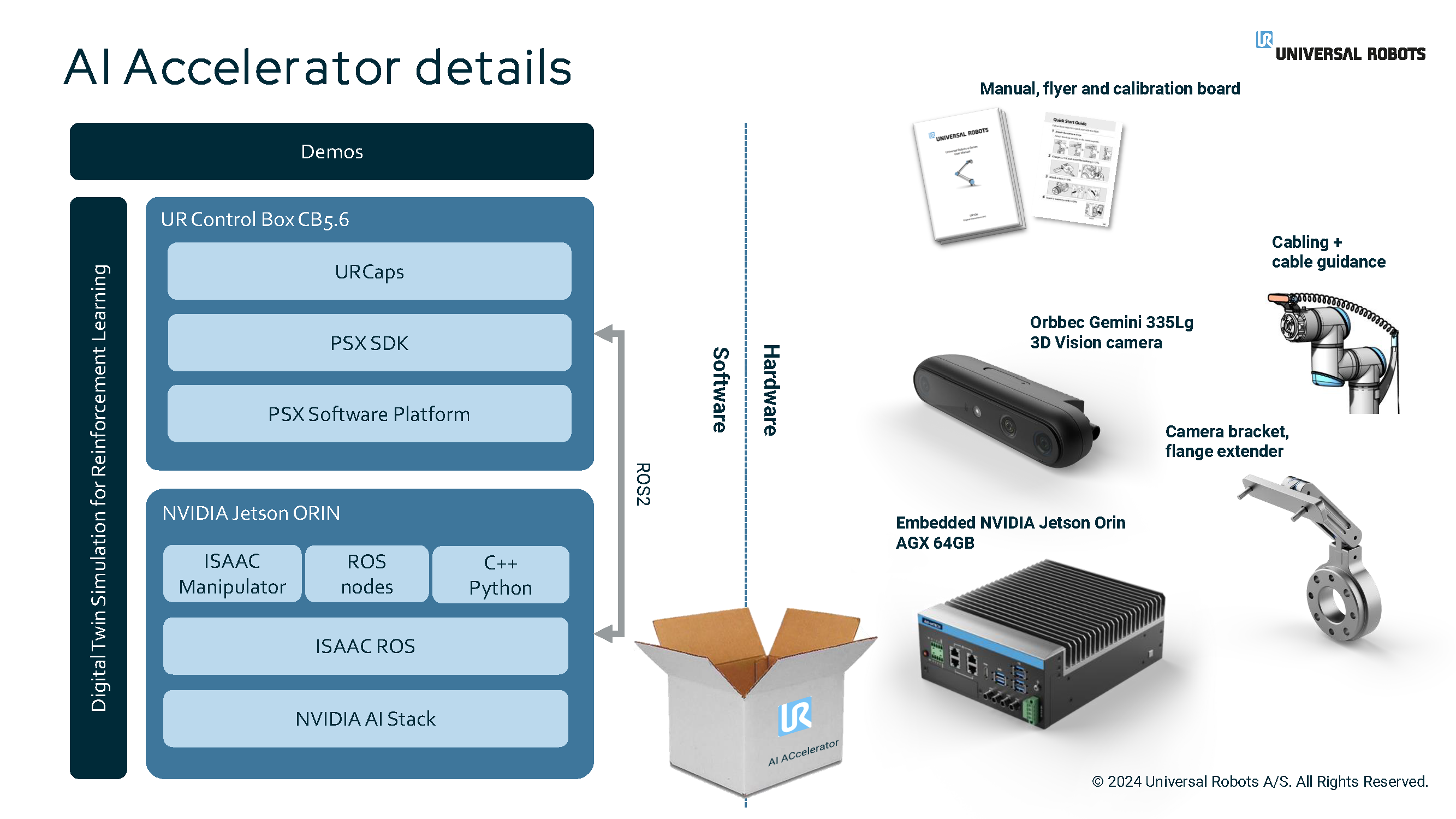-
Your shopping cart is empty!
NVIDIA Isaac provides a comprehensive set of tools to help developers and businesses design, train, and deploy smarter robotic systems. The platform’s latest updates enhance robot learning, perception, and task execution, making them more adaptable to real-world challenges. Let’s explore these capabilities and how different components—Isaac Sim, Isaac Lab, Isaac Manipulator, and Isaac Perceptor—play distinct roles in this process.
Tool: Isaac Sim
Isaac Sim is a powerful simulation tool that allows developers to create virtual environments where robots can learn and be tested.
Key Functions of Isaac Sim:
Applications:
By using Isaac Sim, developers can prepare robots for complex environments without needing costly and time-consuming real-world trials.
Tool: Isaac Perceptor
Isaac Perceptor focuses on improving how robots perceive and interpret their surroundings. This includes detecting objects, recognizing patterns, and tracking movement.
Key Functions of Isaac Perceptor:
Applications:
Isaac Perceptor ensures that robots "see" the environment clearly, enabling precise and reliable operations.
Tool: Isaac Manipulator
Isaac Manipulator is designed to handle path planning and motion control, ensuring robots can move and manipulate objects efficiently and safely.
Key Functions of Isaac Manipulator:
Applications:
Isaac Manipulator makes robots more agile and capable of working in tight or unpredictable spaces.
Tool: Isaac Lab
Isaac Lab provides a framework for testing, validating, and optimizing robots during development. It connects all components of the Isaac platform, ensuring seamless collaboration between simulation, perception, and manipulation tools.
Key Functions of Isaac Lab:
Applications:
Universal Robots A.I. accelerator has built-in ISAAC manipulator, Nodes and ROS into it, making the development of advancing robot learning easier to achieve. These tools work together to simplify the robotics development process, reduce errors, and ensure robots are ready for complex real-world tasks. By leveraging the Isaac platform, businesses and developers can create smarter robots faster, driving innovation in manufacturing, logistics, and beyond.

Leave a Comment